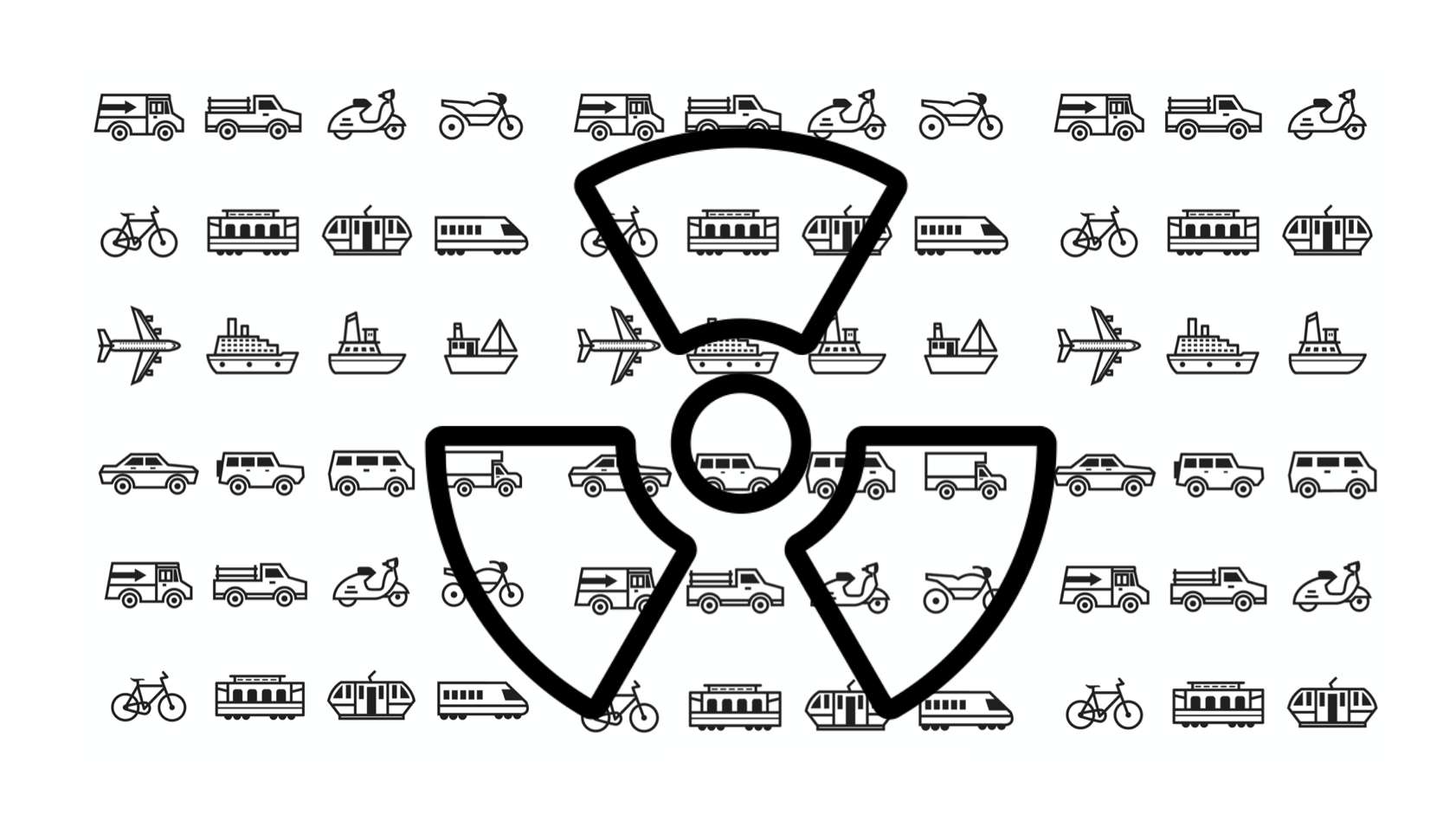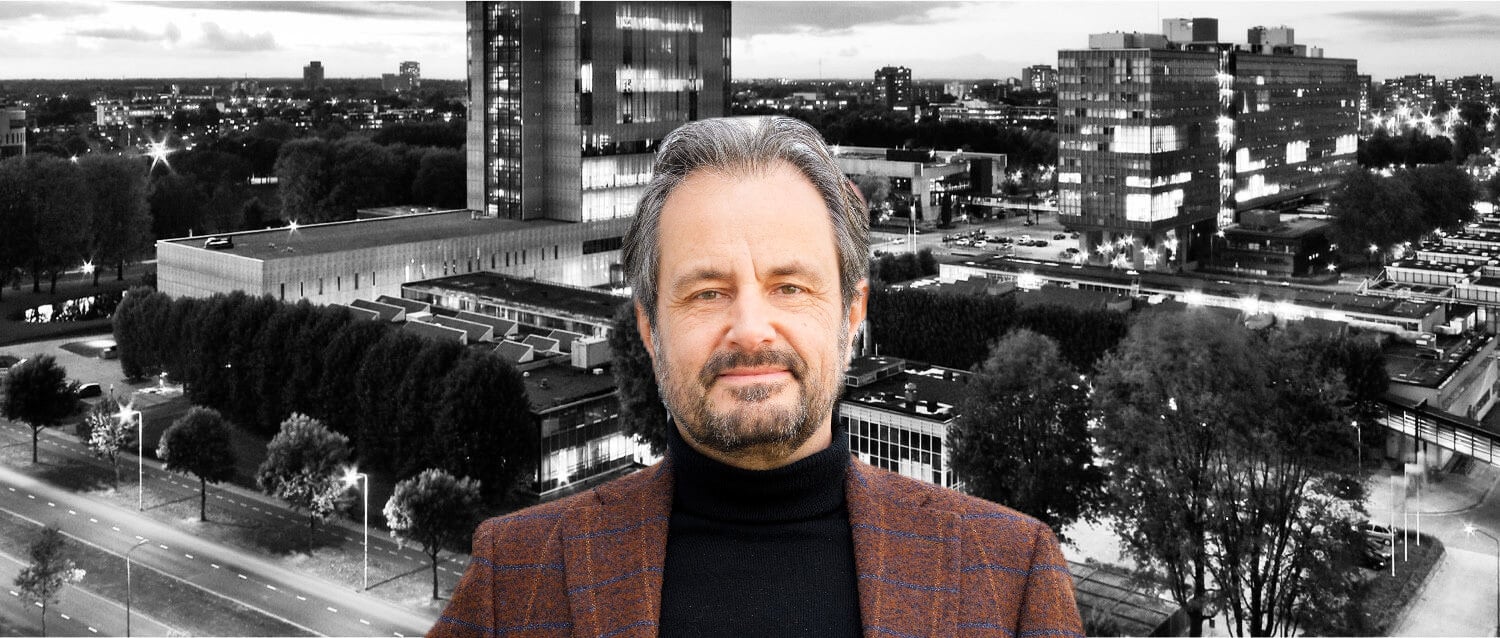
Nuclear power is all the way back in the social debate. The new Dutch governing coalition wants to have research conducted into the feasibility of building two new nuclear power plants in the Netherlands, and the EU has proposed to designate nuclear energy as sustainable energy. This may make subsidies available.
In public opinion, nuclear energy is often seen as the easiest solution to all our climate problems. This is a very optimistic view. In terms of cost per kilowatt-hour (kWh) delivered, nothing is going to beat the workhorses of the energy transition in the coming decades: solar and wind energy. The price of these will move towards a few cents per kWh.

This is a consequence of Wright’s law. This law states that if you produce twice as much of a product, the cost price will drop by 5% to 25% due to optimization and learning effects. However, this law only applies to products that can be mass-produced, not to a classic large nuclear power plant. The cost of nuclear power plants per kWh delivered has been increasing rather than decreasing in recent years.
Only if you apply industrial production to nuclear energy, a reduction in costs can be reached there as well. This is possible if the essential components of power plants are small enough that they can be transported from a mass production site. This is the idea behind so-called Small Modular Reactors or SMRs, efficient nuclear power plants in relatively small sizes with a capacity of about 10 to 300 megawatts (MW). These could become important, for example, to ensure power delivery in times without wind or sun.
If we continue this trend toward miniaturization, couldn’t we also build a mini-nuclear power plant for the electric car? After all, the idea of small nuclear reactors is not new. They already exist for generating electrical energy in remote areas such as the Arctic, on military bases, or in spacecraft.
A mini nuclear power plant in your car may sound a bit strange, but that too has been tried a number of times. In 1957, Ford presented the Nucleon, a concept electric car with a mini nuclear reactor that could power the driver for up to 10,000 kilometers. In practice, however, it proved to be difficult, and the Ford Nucleon never made it further than a scale model. But it was certainly not the only attempt at a nuclear car. In 2009, Cadillac showed the “World Thorium Fueled Concept Car“, which could run for more than a hundred years without recharging. But even that was only a non-driving demonstration model, with no follow-up.
Most certainly, this will not have been the last attempt. Who knows, with a mini nuclear power plant under the hood, we may one day be able to drive a million kilometers without recharging. But then again, by then, we might be able to teleport ourselves to our destination even faster and more economically.
Maarten Steinbuch and Carlo van de Weijer are alternately writing this weekly column, originally published (in Dutch) in FD. Did you like it? There’s more to enjoy: a book with a selection of these columns has just been published by 24U and distributed by Lecturis.

